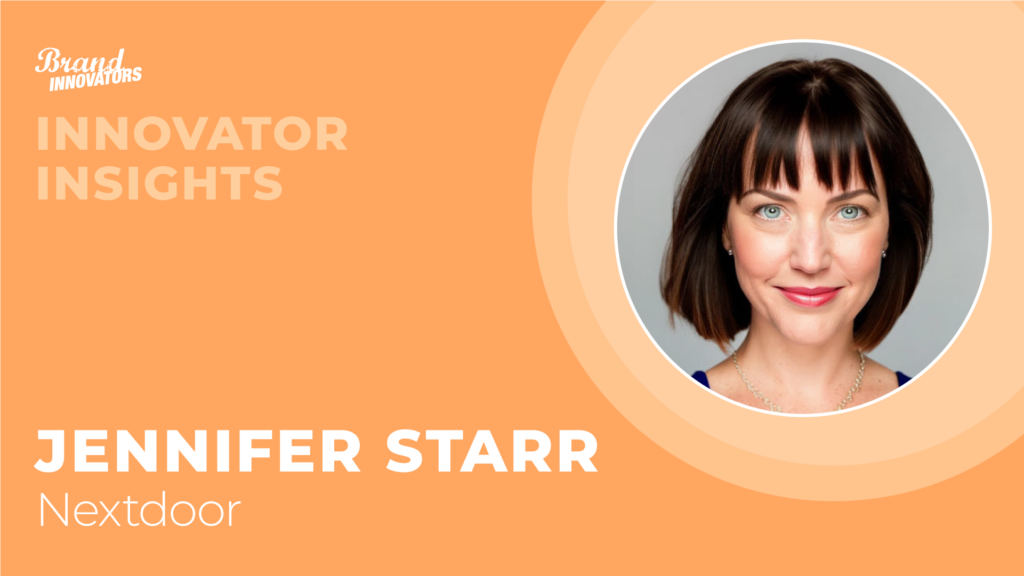An ad showing up on a site disseminating fake news. Prerolls for a gas company that runs on a video channel promoting electric bikes. Marketers have sometimes had to learn the hard way how important it is to check that the environment in which they’re advertising is brand safe. Joseph Lospalluto is urging them to consider whether it’s “brand suitable” as well.
As the U.S. country manager for ShowHeroes, Lospalluto and his team are focused on creating greater relevance for marketers by marrying content – including content developed by its in-house studio – with semantic technologies that verify brands are showing up in the right ad environment.
While many CMOs and agencies try to cover off a piece of that in terms of brand safety, by avoiding advertising in places that may be inappropriate, brand suitability is about finding a balance between reach and the protection of a brand, Lospalluto said. This can be highly unique to each brand.
It’s also a way of recognizing the impact of consumer privacy laws on marketers’ ability to reach the right people.
“The choice between consent and non-consent is the world we now need to operate in. The consumer has a seat at the table and, advertisers need to have a strategy to engage with consumers no matter their chosen preferences,” Lospalluto told Brand Innovators, adding that on the plus side, advancements in machine learning are making it easier to define a brand-suitable, semantically appropriate, ad experience. “It will open new pockets of inventory that were once off limits due to blunt force tools such as brand safety block lists, which were based on exclusionary topics or keywords.”
Instead, marketers could turn to targeting capabilities that will likely go beyond the tools of the past and should be considered on the basis of how a brand is executing spend, he said. This could include omnichannel requirements as well as different media types, such as video vs. display ads.
ShowHeroes, for example, checks for brand suitability by ingesting the meta data surrounding the context of the content, across its global media partnerships and then chooses from its unique library of over 150,000 short form videos an ad experience that marries video content + the advertisers video creative. This ever evolving contextual data gathering, feeds the semantic decisioning engine it has developed internally.
“A brand can approve (a campaign) before the first impression is ever delivered,” he said, likening the approach to offering marketers a content “playlist” in advance.
Lospalluto offered some other tips on how to make brand suitability a bigger priority in marketing:
Recognize That There Is A World Beyond YouTube, And Advertise There
When marketer’s hear the word “video,” one particular platform tends to come to mind first. Lospalluto suggested that brands should explore opportunities that are emerging in a wide range of ad environments. This is in part a response to younger demographics seeking out video as their main form of entertainment and information, he said.
With the march forward in the convergence of TV and Digital, however, we are approaching the kind of omnichannel messaging and targeting that once was only exclusive to desktop and mobile environments. Brand suitability and storytelling will be very important here, he said.
“TikToks’ rise from nothing a few years ago to a top video entertainment platform in three years is testament that media will need to continue to adapt towards video if it wishes to capture younger generations across some sort of LTV as they age,” he said.
Brand Suitability Analysis Doesn’t End With a ‘Yes’ Or a ‘No’
When marketers come up against brand safety issues, their next step is usually the same: pull the ads. In contrast, Lospalluto sees brand suitability assessments as the beginning of a strategic discussion on how to ensure contextual relevance. One option, of course, is to look for a more brand suitable ad experience, but there is more partners can do.
“If what we send prior to the launch of the campaign doesn’t fit their definition (of brand suitability), then we have production capabilities to custom produce content that will get pre-approved and then that’s the only thing that will be shown,” he said.
Consider The Relationship Between Brand Suitability And Common KPIs
Average view rates are still important to many brands, in addition to whether consumers scan a QR code or engage with other shoppable elements around a video experience. The right strategy not only defines brand suitability for a particular brand, but makes sure campaigns align with its desired outcomes, Lospalluto said.
“What we have observed across our global partnerships – with both the supply and demand sides of the industry – is that when semantically relevant content is delivered to the consumer, it has a dramatic effect in terms of boosting their dwell times with a particular piece of content, as well as lowers their bounce rates,” he said. “It creates a perfect time for a brand to deliver their message to a consumer who is in a receptive state.”
The Path Ahead
Marketers continue to spread their wings with the proliferation of branded content creation for their brands because it is a viable path towards storytelling and having an impact, in some way, on the consumer’s life. It is undeniable that video will be the medium that best captures the users interests and attention. But not all video environments will fit the definition of a brand’s own definition of suitability. As video creativity continues to take form across all environments, Marketers should plan accordingly to leverage the technological tool sets to find harmony between suitability and an engaged consumer.




